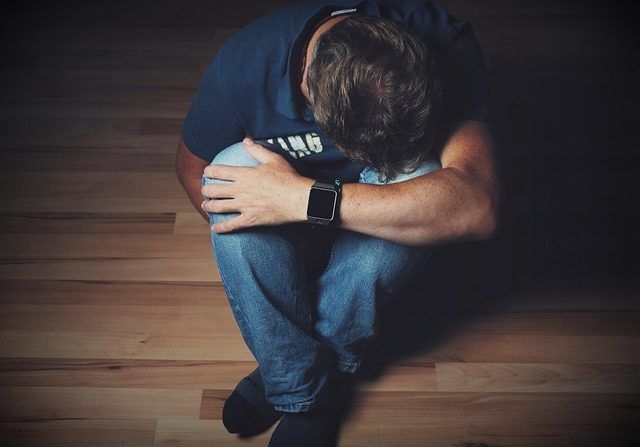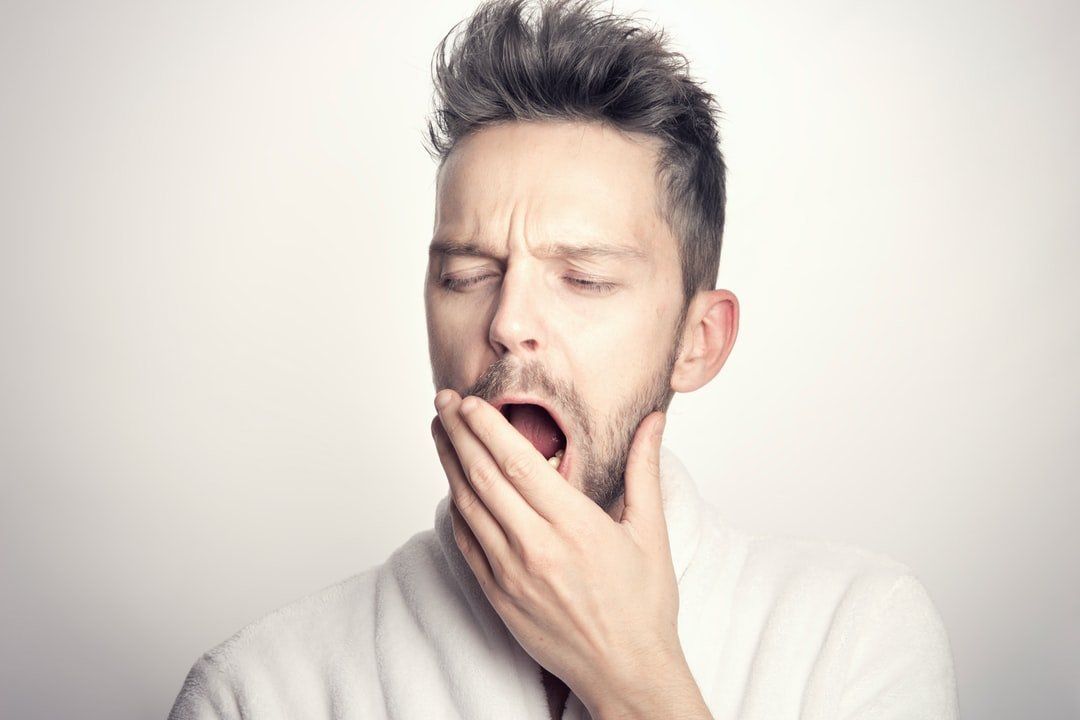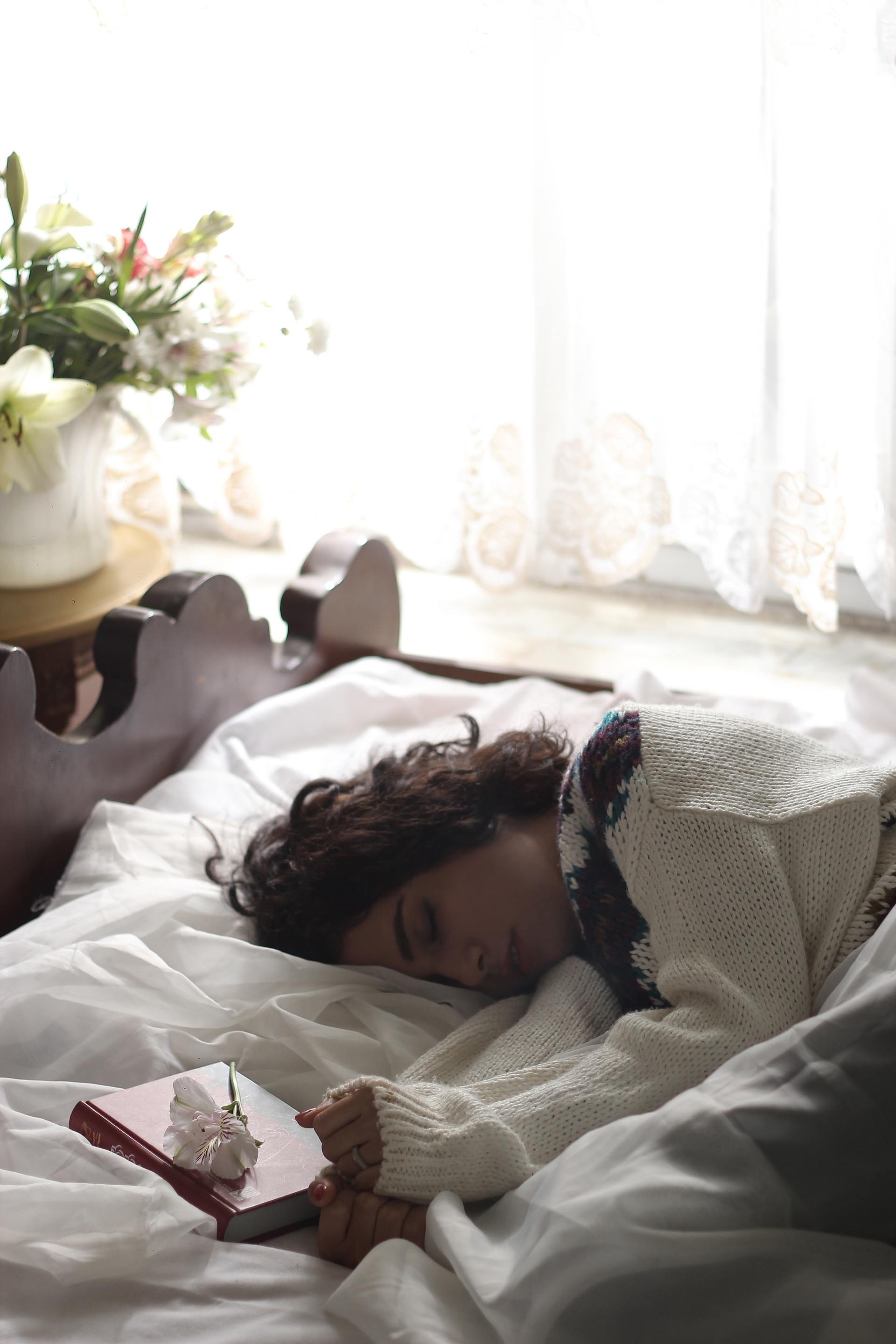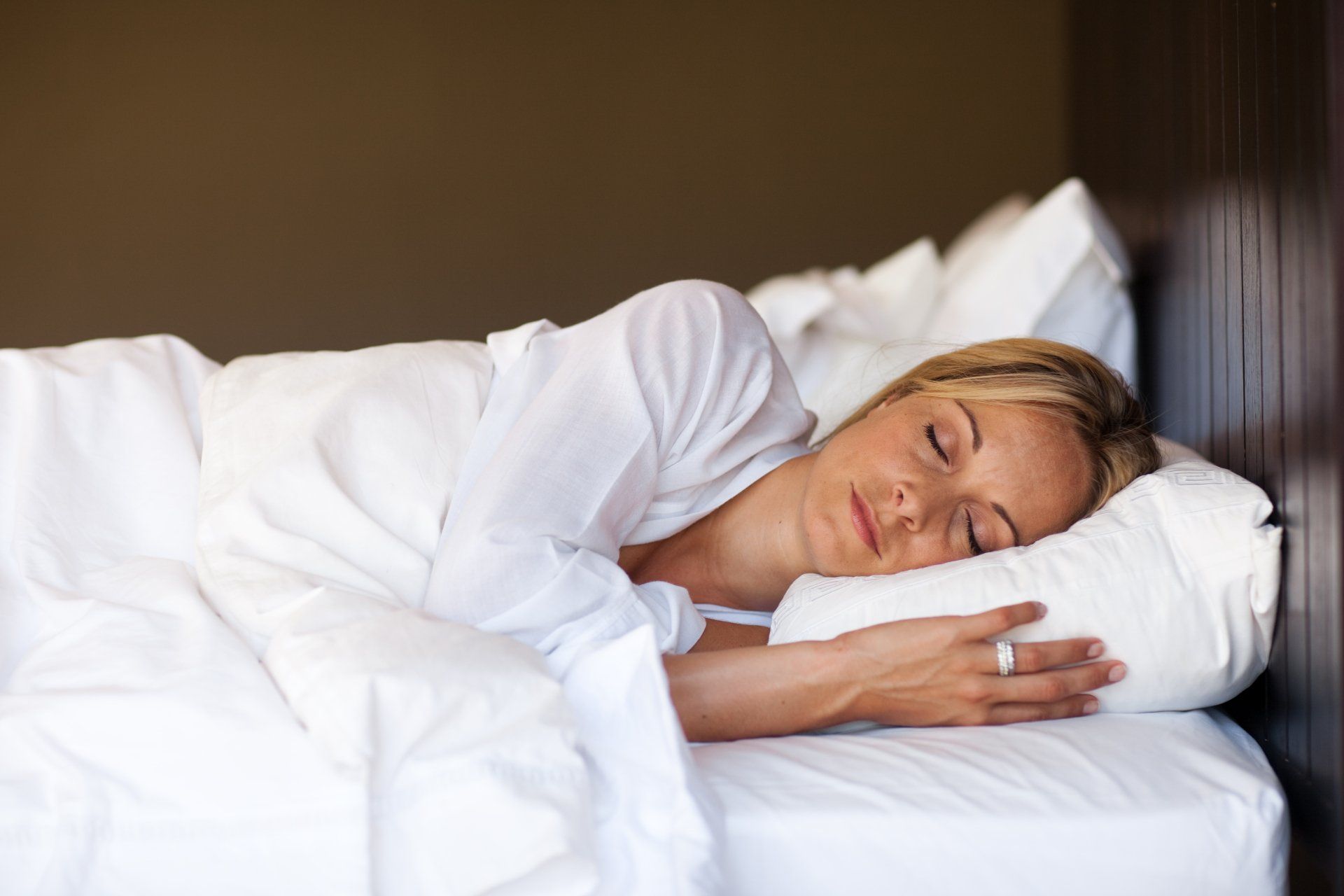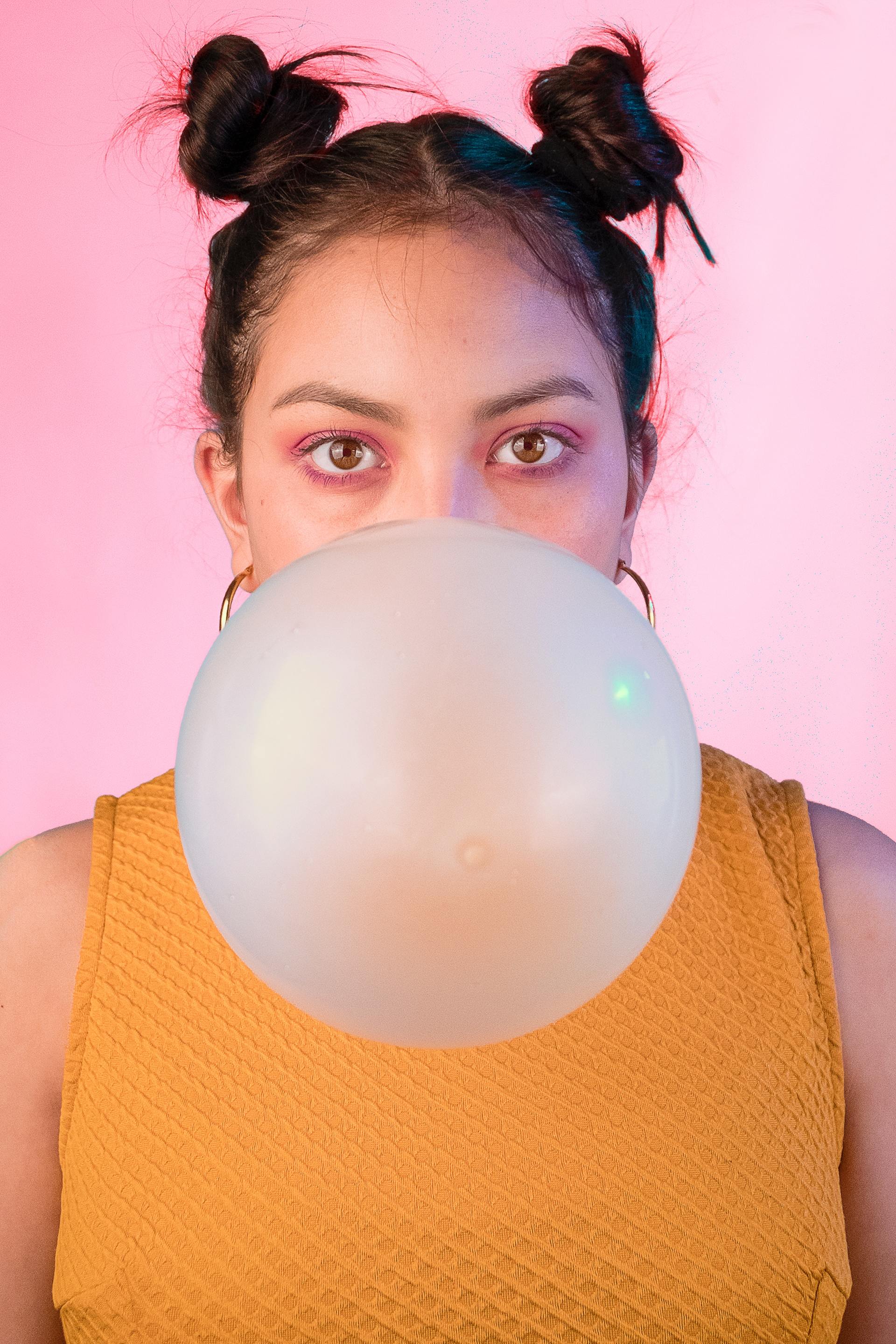A Sleep Apnea History Lesson
I love history—don’t you? While we can read books upon books on the history of the world, government, music, art, and so many other topics, what about the history of sleep apnea? We know the basis of sleep apnea, but let’s take a look at the history and how it became to be an issue we watch out for at Warrenton Dental Care.
Beginnings of Sleep Apnea
Since the ancient times, sleep apnea has been observed. Even if a treatment or cause was not clear, it was still known what sleep apnea was. In the late 19 th century, the term “Pickwickian Syndrome” was created to describe symptoms of sleep apnea. Research, though, focused on the patients’ obesity rather than the disordered breathing they were experiencing during sleep.
In 1965, the first polysomnograph recorded apneas during sleep, which were the frequent occurrences of stoppage in breathing throughout the night. Further research continued to show that obesity was not essential for sleep apnea, as there were many other comorbidities associated with this condition.
Continued Sleep Apnea Research
As sleep apnea continued, William Dement established the first sleep clinic at Stanford University in California in 1970. Two years later, Christian Guilleminault joined the clinic and concentrated on respiratory disorders during sleep. The research on sleep apnea continues to grow each year with more interest than ever before.
Between 1975 and 1980, there were 319 articles on sleep apnea in medical literature alone. This increase in awareness continues to help pave the way for advanced treatment options to successfully help you get a better night’s sleep. With history of sleep apnea continuing to expand to this day, dentists continue to provide advanced treatment options as an alternative to CPAP therapy.
To learn more about sleep apnea and how our dentist in Warrenton can help you find relief, visit Warrenton Dental Center. As a team, we are available to educate our patients in Warrenton, VA on sleep apnea and the available treatment options. Let us help you get a better night’s sleep.

